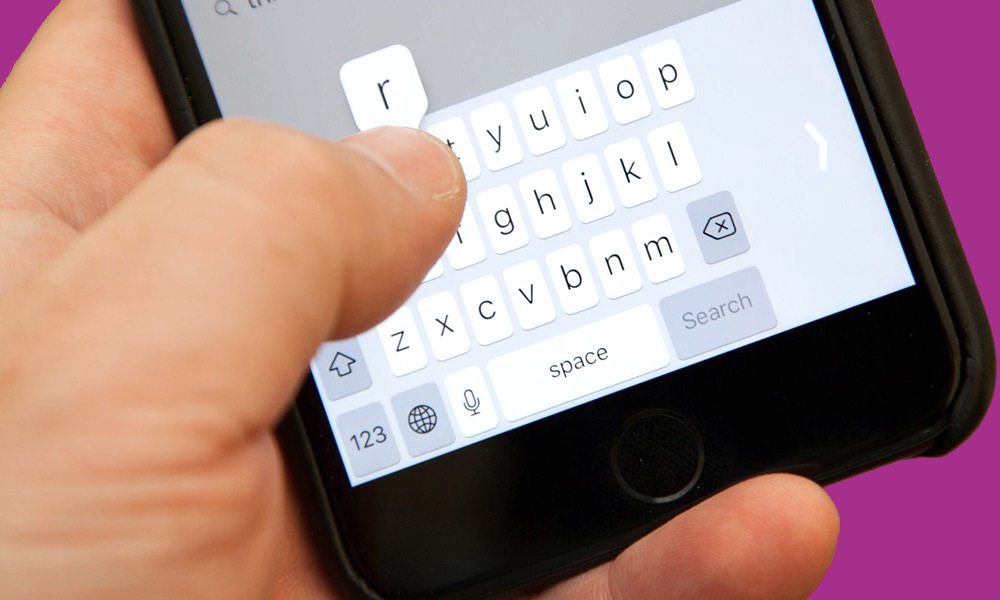Apple Exploring Electromagnetic Touch Feedback

Toggle Dark Mode
Apple is exploring a new version of 3D Touch with advanced, electromagnetic [1] haptic or tactile feedback built-in, according to a recent patent application.
The application, “Dynamically stabilized magnetic array,” details a system of embedded electromagnets that can sense, analyze and appropriately respond to a user’s touch. The patent was published Thursday by the U.S. Patent and Trademark Office. While the patent is written in dense technical jargon, we’ve gathered some key pieces of information.
In one example, a virtual piano keyboard could provide actual haptic feedback when a user taps on the various keys, perhaps simulating a velocity sensitive or weighted feel. In other instances, the technology described in the patent could be applied to virtual keyboards. That means, going forward, digital keyboards could provide a satisfying “clicky” feel when users are typing, rather than the standard vibrations seen in some modern smartphones and tablets.

The tech would work by utilizing an array of magnetic elements underneath a display’s cover glass. When a user presses down on the cover glass, a magnetic current forms between two elements. These can be used to generate attractive or repulsive forces, enabling tactile feedback. It’s a system that varies a bit from Apple’s current Taptic Engine technology, which relies on a different actuator module.
Interestingly, one Apple site claims that the invention has already been fulfilled with GarageBand on the iPad — stating that it’s actually covering “Force Touch with a visual element” (for example, the visual of a piano key being depressed when tapped on). That’s probably not the case, given that even the newest iPad Pro models lack Force Touch and 3D Touch, and the patent specifically mentions an actual haptic “clicky” response. The bottom line is that a key visually depressing is not haptic or tactile feedback, it’s visual feedback.
Of course, since it’s just a patent application, we don’t have any idea when — or if — Apple will introduce such a system to its lineup of products.
Apple’s Other Ideas for Electromagnets
It’s worth noting that the application is a continuation of a patent that was already granted to Apple back in July. That patent, 9,696,752, actually covers a wider variety of uses for electromagnets in Apple products. Today’s application adds some additional details concerning magnetic haptic feedback, but some of the embodiments in the older patent are really interesting.
In the original patent, Apple Pencil is described to magnetically attach to an iPad — solving that difficult question of where to keep the stylus when it’s not in use. The patent also details a method that would allow users to connect two iPad devices together, presumably for a larger display area.
Additionally, one of the more interesting applications of electromagnets concerns fall protection. In this embodiment, magnets embedded within an iPad could be configured to interact with magnets or magnetic material embedded within a case. With these magnets in place, an iPad could detect if it’s being dropped via its sensors, determine the most likely point of impact, and actually shift its position within the case to offer further protection.
1. Haptic feedback is the use of touch feedback to the end user, such an iPhone vibrating when buttons are tapped.






